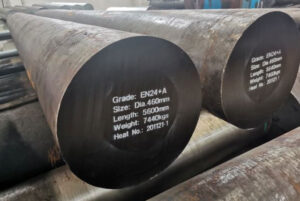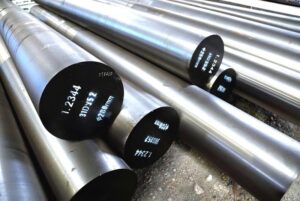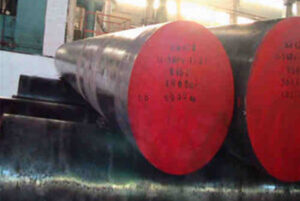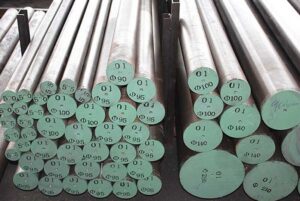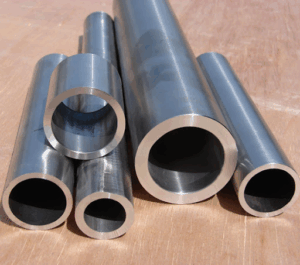Carbon steel. It’s a name that might not set your pulse racing, but this unassuming material is the backbone of our modern world. From the towering skyscrapers that pierce the clouds to the unassuming nails that hold your picture frame in place, carbon steel has been there, quietly shaping our civilization.
But what exactly is carbon steel, and why has it remained such a dominant force for centuries? Buckle up, because we’re about to delve into the fascinating world of this versatile metal.
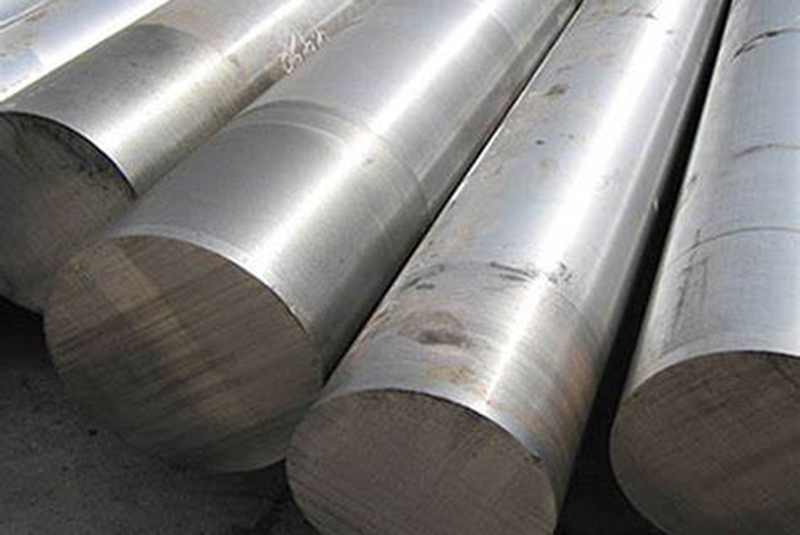
Specifications of Carbon Steel
At its core, carbon steel is a simple alloy. Imagine iron, the workhorse of the metal world, getting together with its good friend carbon. This harmonious union creates a material with properties that far exceed those of its individual components. The amount of carbon present plays a crucial role in defining the personality of the steel.
- Carbon Content: Carbon steel boasts a carbon content ranging from a measly 0.05% to a hefty 2.1% by weight. This seemingly small variation significantly impacts the final product.
- Other Alloying Elements: While carbon is the star of the show, small amounts of manganese, silicon, and copper can also be present, influencing the steel’s behavior.
Key Properties of Carbon Steel:
| Property | Description |
|---|---|
| Strength | Increases with carbon content. High carbon steel can be incredibly strong, making it ideal for demanding applications. |
| Ductility | The ability to be deformed without breaking. Lower carbon steel offers greater ductility, making it easier to shape. |
| Weldability | Weldability decreases with increasing carbon content. Low carbon steel is generally easier to weld. |
| Formability | Similar to ductility, formability refers to the ease with which the steel can be bent or shaped. Lower carbon steel is generally more formable. |
| Machinability | The ease with which the steel can be cut and machined. Lower carbon steel is typically easier to machine. |
| Corrosion Resistance | Carbon steel is susceptible to rust. Adding additional elements like chromium can improve corrosion resistance, but it won’t be stainless steel’s rival. |
The Diverse Applications of Carbon Steel
The beauty of carbon steel lies in its adaptability. By tweaking the carbon content and processing methods, we can create a vast array of steels, each perfectly suited for a specific task. Here’s a glimpse into the world of possibilities:
Applications of Carbon Steel:
| Application | Type of Carbon Steel | Why it Works |
|---|---|---|
| Construction | Low to medium carbon steel | Affordability and strength make it ideal for beams, columns, and various structural components. |
| Automotive Industry | Low to high carbon steel, depending on the part | From lightweight car bodies (low carbon) to high-strength engine components (high carbon), carbon steel offers a tailored solution. |
| Pipes and Tubes | Low to medium carbon steel | Ductility and weldability make it perfect for transporting fluids and gases. |
| Fasteners | Medium to high carbon steel | Strength and wear resistance are crucial for bolts, nuts, and screws. |
| Tools and Implements | Medium to high carbon steel | High carbon steel’s ability to hold a sharp edge makes it ideal for knives, saws, and other cutting tools. |
Thinking Outside the Box: Carbon steel’s versatility extends beyond these common applications. It’s used in everything from furniture and appliances to ships and even railroad tracks.
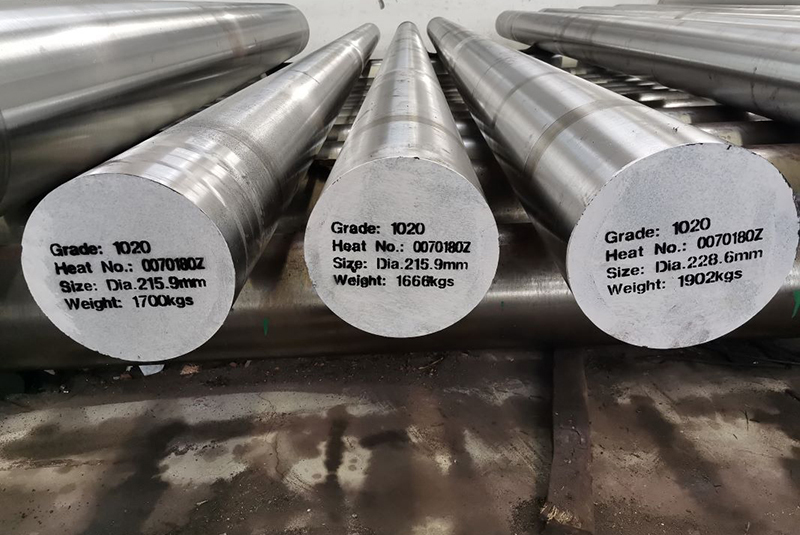
Speeds, Sizes, and Availability of Carbon Steel
When it comes to carbon steel, variety is the spice of life. From hair-thin wires to hulking I-beams, the possibilities are vast. Here’s a breakdown of the available options:
Speeds and Sizes of Carbon Steel:
| Product | Sizes (Examples) |
|---|---|
| Sheets | Thin gauges (0.004 inches) up to thick plates (several inches) |
| Strips | Varies depending on application |
| Bars | Round, square, hexagonal, and more |
| Wires | Extremely thin diameters up to several millimeters |
| Tubes and Pipes | Varies depending on application, with diameters ranging from a fraction of an inch to several feet. |
Availability: Finding carbon steel is like finding a good pair of jeans – it’s everywhere. Steel mills around the world produce a constant supply, making it a readily available and affordable material.
Understanding Carbon Steel Costs
The cost of carbon steel depends on several factors, including:
- Carbon Content: As a general rule, higher carbon content translates to a slightly higher price due to the additional processing involved.
- Form: Sheets and coils tend to be more affordable than custom shapes like bars or tubes.
- Quantity: Buying in bulk typically comes with a discount.
- Surface Finish: A pristine, cold-rolled finish will cost more than a hot-rolled surface with a scale layer.
- Location: Transportation costs can influence the final price depending on your location and the steel mill.
Here’s a ballpark range to give you an idea:
- Low Carbon Steel: $0.50 – $1.50 per pound
- Medium Carbon Steel: $0.75 – $2.00 per pound
- High Carbon Steel: $1.00 – $3.00 per pound
Supplier Spotlight:
Finding carbon steel suppliers is a breeze. Here are some of the biggest players in the game:
- ArcelorMittal
- Nippon Steel
- Baosteel
- POSCO
- SSAB
These companies, along with countless regional mills, offer a vast selection of carbon steel products.
Making an Informed Decision:
Remember, the cheapest option isn’t always the best. Consider the specific needs of your project and choose the carbon steel grade and form that offers the optimal balance of cost and performance.
the Pros and Cons of Carbon Steel
No material is perfect, and carbon steel is no exception. Let’s take a critical look at its strengths and weaknesses to help you decide if it’s the right choice for your project.
Pros of Carbon Steel:
- Affordability: Compared to other engineering materials, carbon steel offers excellent value for money.
- Versatility: With various grades and forms available, carbon steel can be tailored to a wide range of applications.
- Strength: Depending on the carbon content, carbon steel can be incredibly strong, making it suitable for demanding tasks.
- Workability: Lower carbon steel grades are relatively easy to weld, machine, and shape.
- Recyclability: Carbon steel is one of the most recycled materials on Earth, making it an environmentally friendly choice.
Cons of Carbon Steel:
- Corrosion Resistance: Susceptibility to rust is a major drawback. Depending on the application, additional protection like paint or galvanization might be necessary.
- Weight: Compared to some newer materials like aluminum, carbon steel is heavier. This can be a concern for weight-sensitive applications.
- Brittleness: High carbon steel grades can be brittle, meaning they may crack under sudden impact.
- Limited Heat Resistance: While it can handle moderate temperatures, carbon steel isn’t ideal for applications exposed to extreme heat.
The Final Verdict:
Carbon steel isn’t a one-size-fits-all solution. However, its affordability, versatility, and strength make it a popular choice for countless applications. By understanding its limitations and working within its strengths, you can leverage this time-tested material to bring your projects to life.
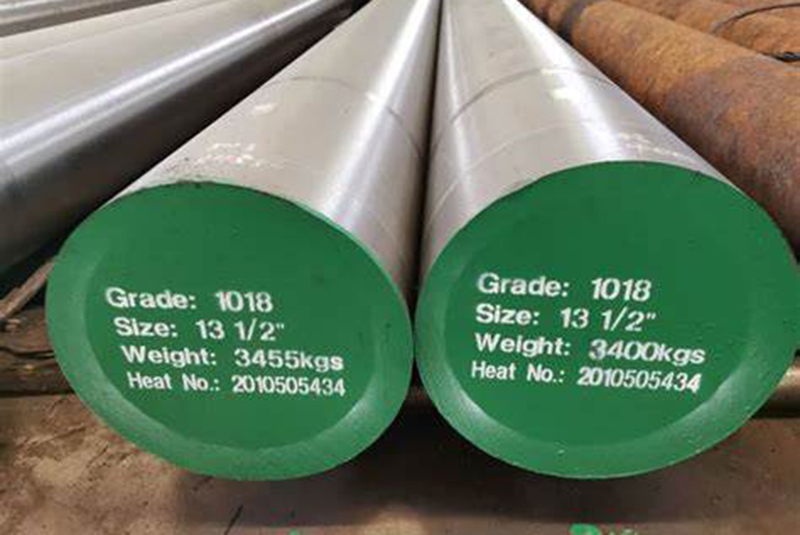
FAQ
Q: What’s the difference between carbon steel and stainless steel?
A: The key differentiator is chromium. Stainless steel contains a minimum of 10.5% chromium, which forms a protective oxide layer that prevents rust. Carbon steel, on the other hand, is susceptible to rust and requires additional protection for exposed applications.
Q: Is carbon steel magnetic?
A: Yes, all forms of carbon steel are magnetic.
Q: Can carbon steel be hardened?
A: Yes, certain heat treatment processes can significantly increase the hardness of carbon steel. This technique is often used for tools and cutting implements.
Q: Is there a way to protect carbon steel from rust?
A: Absolutely! Here are some common methods:
- Painting: Applying a layer of paint creates a barrier between the steel and the environment.
- Galvanization: Coating the steel with zinc provides excellent corrosion protection.
- Powder Coating: This durable coating offers both aesthetics and corrosion resistance.
- Oiling: For temporary protection, applying a light coat of oil can be helpful.
Q: Where can I learn more about carbon steel?
A: The American Iron and Steel Institute (AISI) is a valuable resource for information on carbon steel and other steel products.

